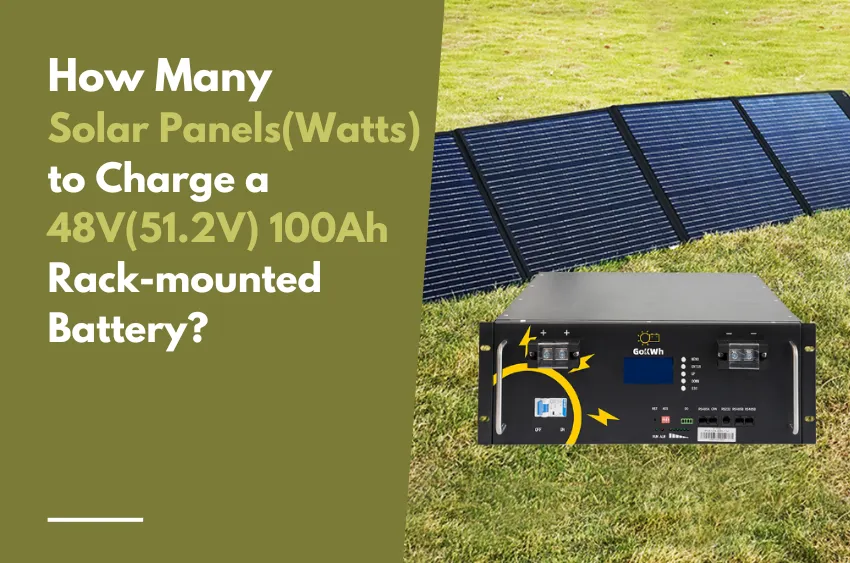Using solar panels to charge rack-mounted batteries is a great way to utilize renewable energy for powering IT equipment. But how many solar panels and watts are needed to fully charge a typical 48V 100Ah lithium battery in a server rack? This article provides solar sizing calculations and recommendations.

Charging a 48V rack battery from solar panels involves connecting panels in series to achieve a solar array output voltage higher than the battery’s voltage. For a 48V battery, a solar array of several 250W or 300W panels in series achieves the ideal 60-90VDC range for effective charging.
The solar array wattage must also be sized to meet the battery’s amp-hour capacity. A 100Ah battery requires a certain number of amps multiplied by the battery voltage to fully recharge. Higher solar wattage yields faster charging.
To properly size your solar array to charge a 48V 100Ah rack battery:
– Calculate the battery watt-hours: 48V x 100Ah = 4,800Wh
– Determine the solar recharge rate: 4-6 hours for full charge
– Calculate solar watts needed: 4,800Wh / 4hrs = 1,200W
– Allow for inefficiencies: Add 20-30% = 1,500W to 1,600W
Given these calculations, an ideal solar array would be:
– 5 x 300W panels = 1,500W
– Or 6 x 250W panels = 1,500W
This 1,500-1,600W solar array would fully charge the 48V 100Ah battery from empty to full within 4-6 daylight hours.
When installing solar panels for a rack battery setup:
– Use an MPPT solar charge controller to maximize energy harvest.
– Orient panels optimally for maximum sunlight capture.
– Wire panels in series to achieve 60-90VDC output voltage.
– Connect to battery via solar charge controller.
– Size wiring for max solar array amperage.
– Include fuses and disconnects for safety.
With proper sizing, an efficient solar array of 1,500W can keep a typical 48V 100Ah server rack battery charged up and ready to deliver backup power whenever needed.
GoKWh 12V 100Ah LiFePO4 Battery Built-in Smart Bluetooth